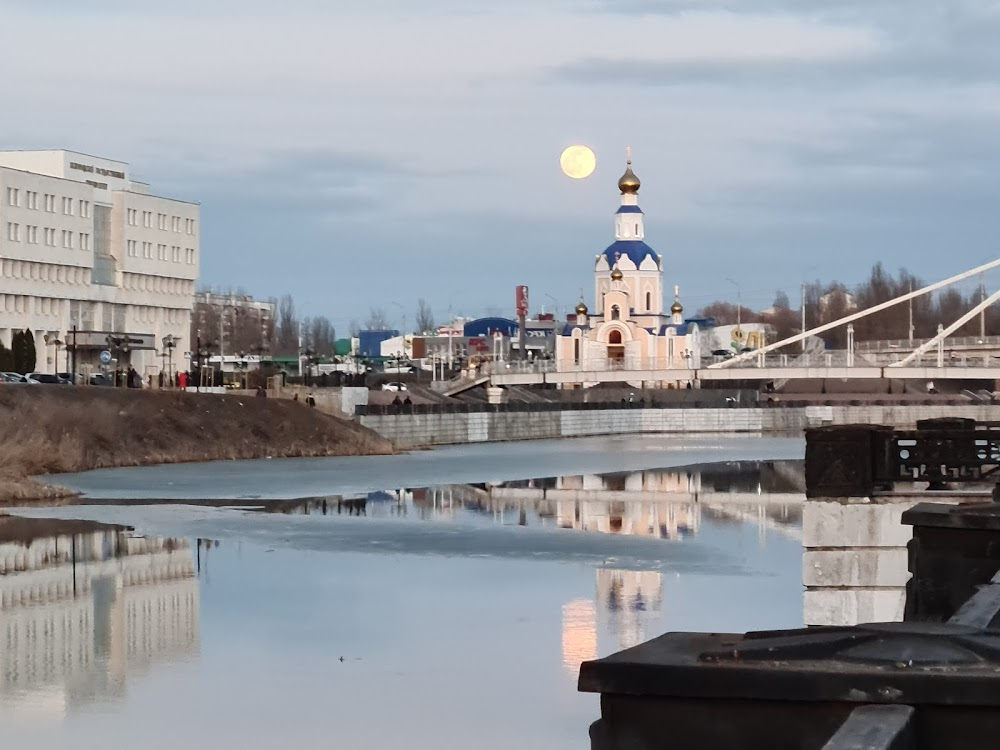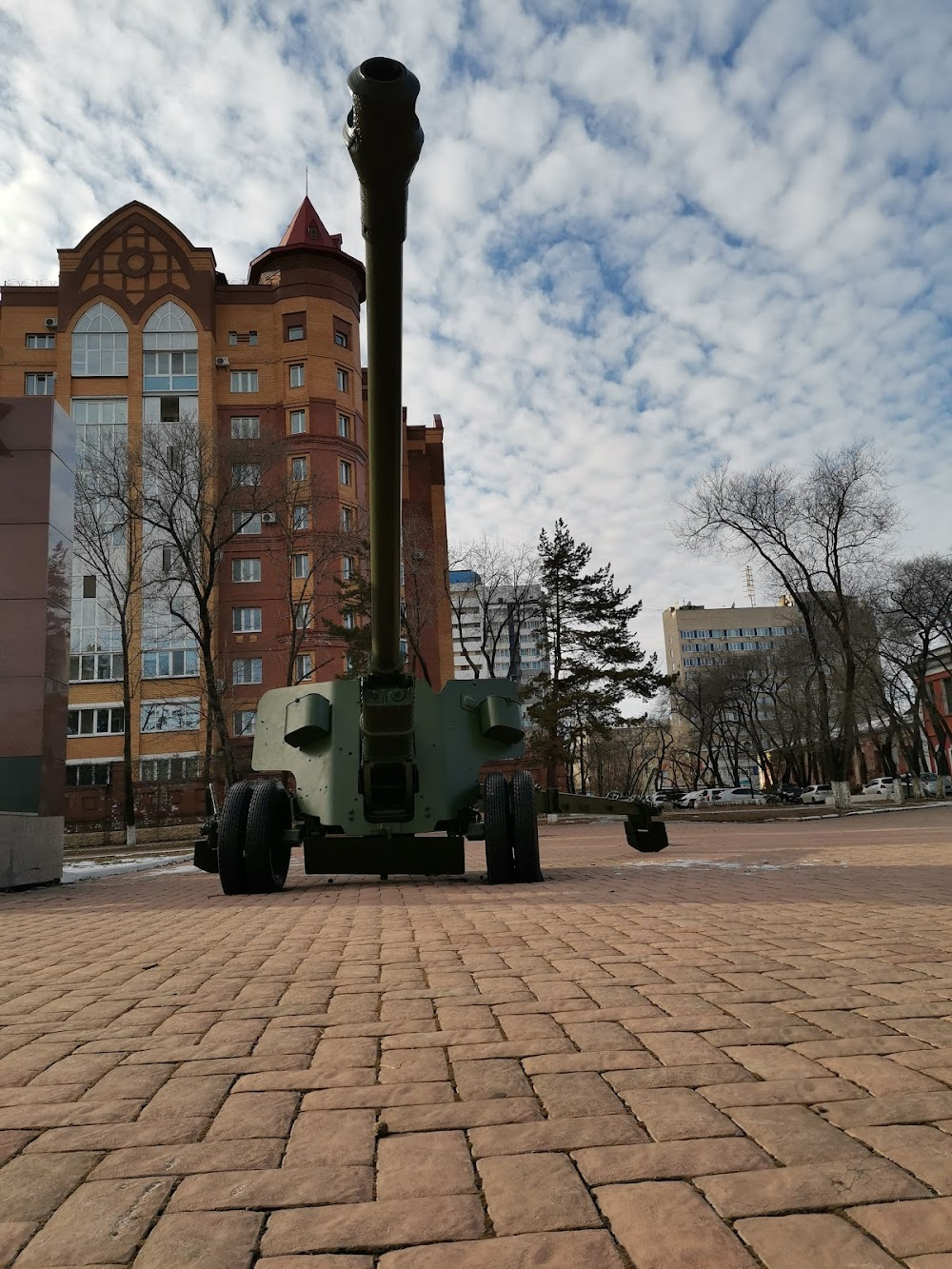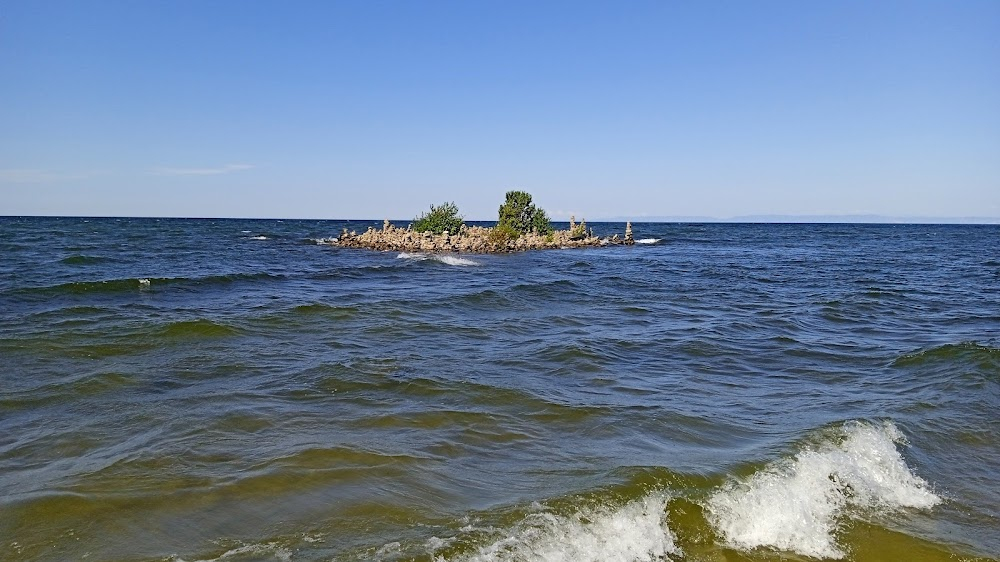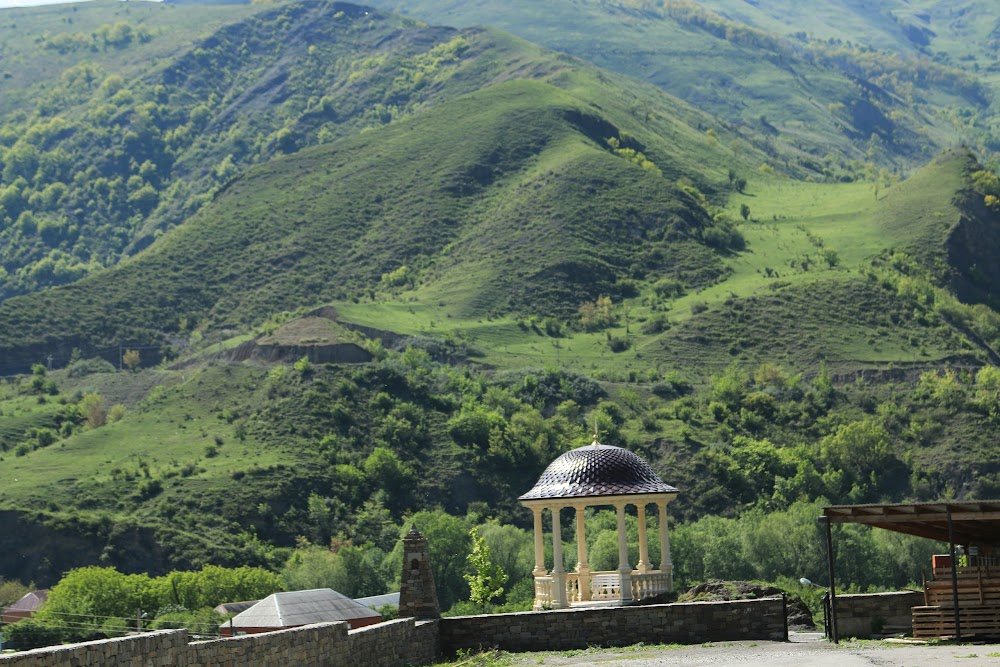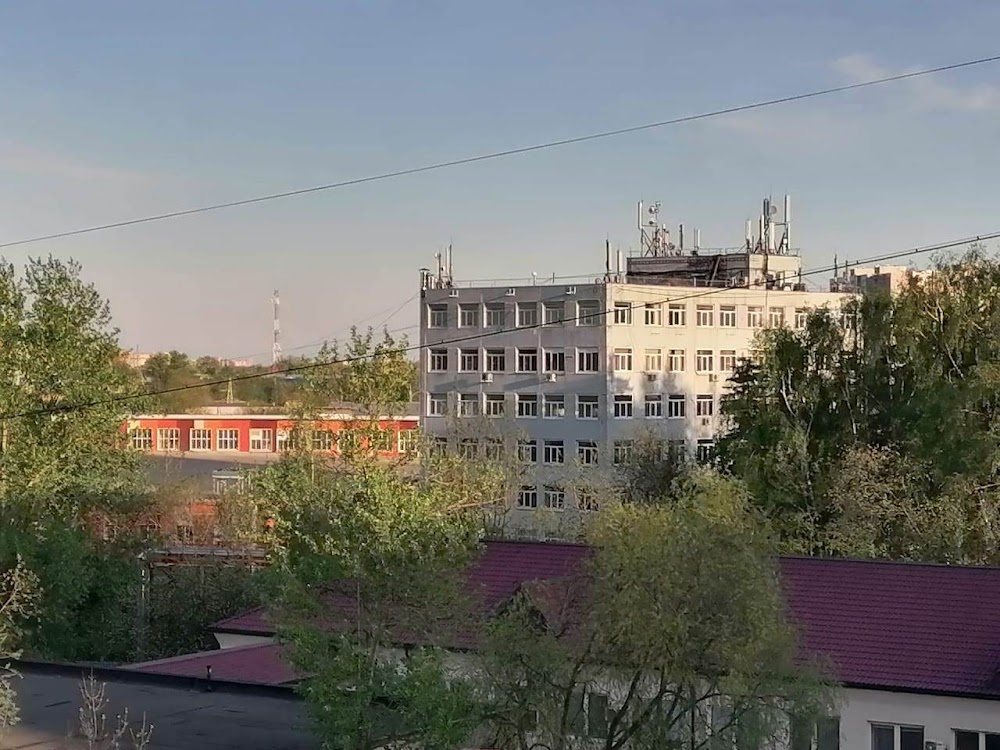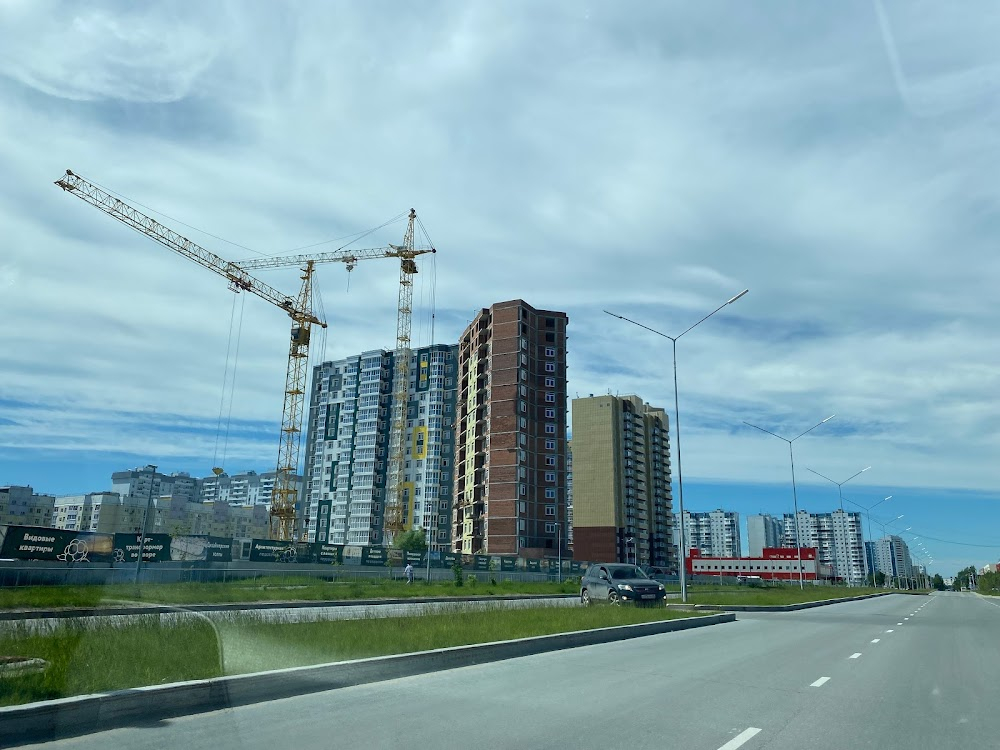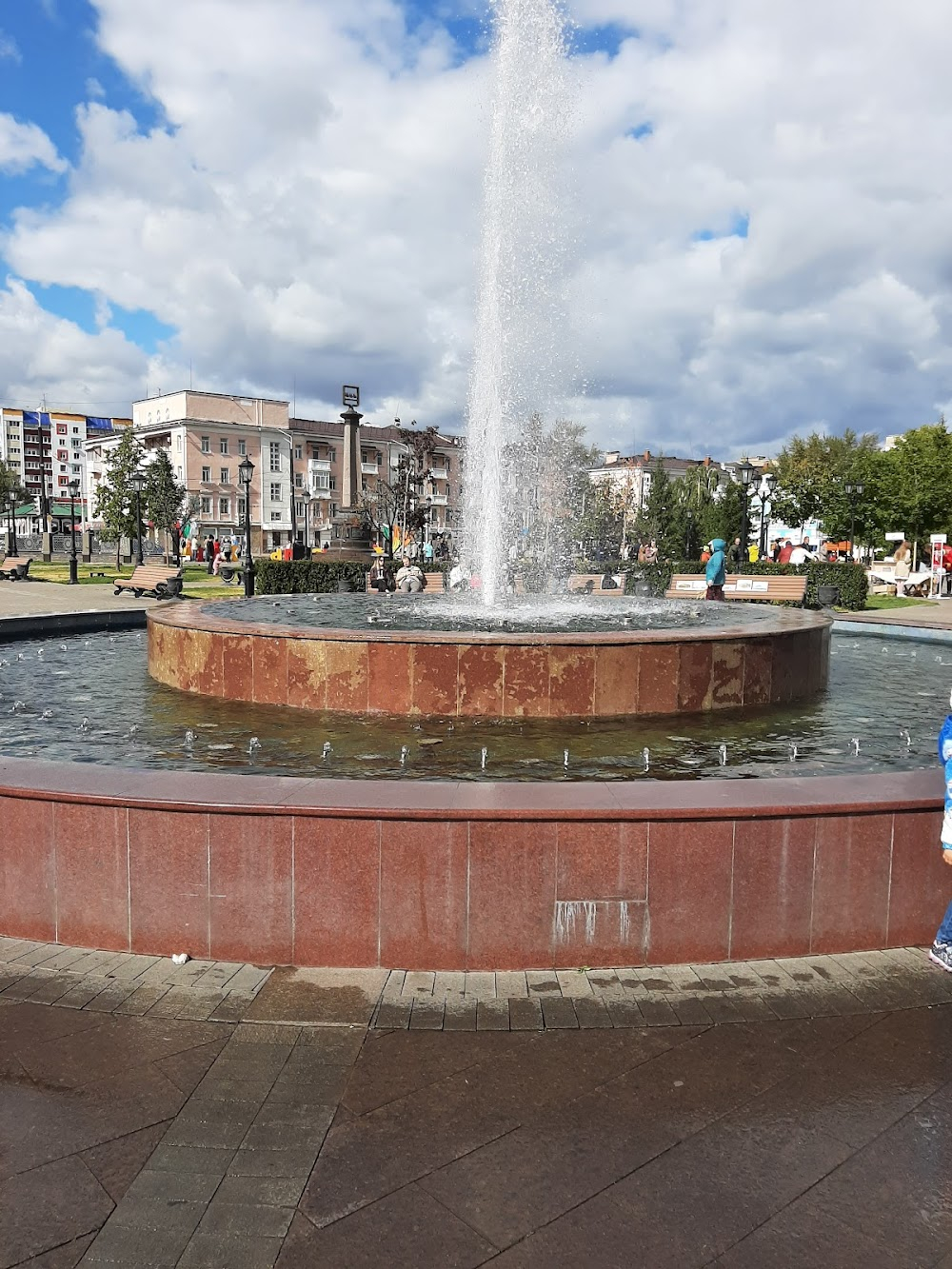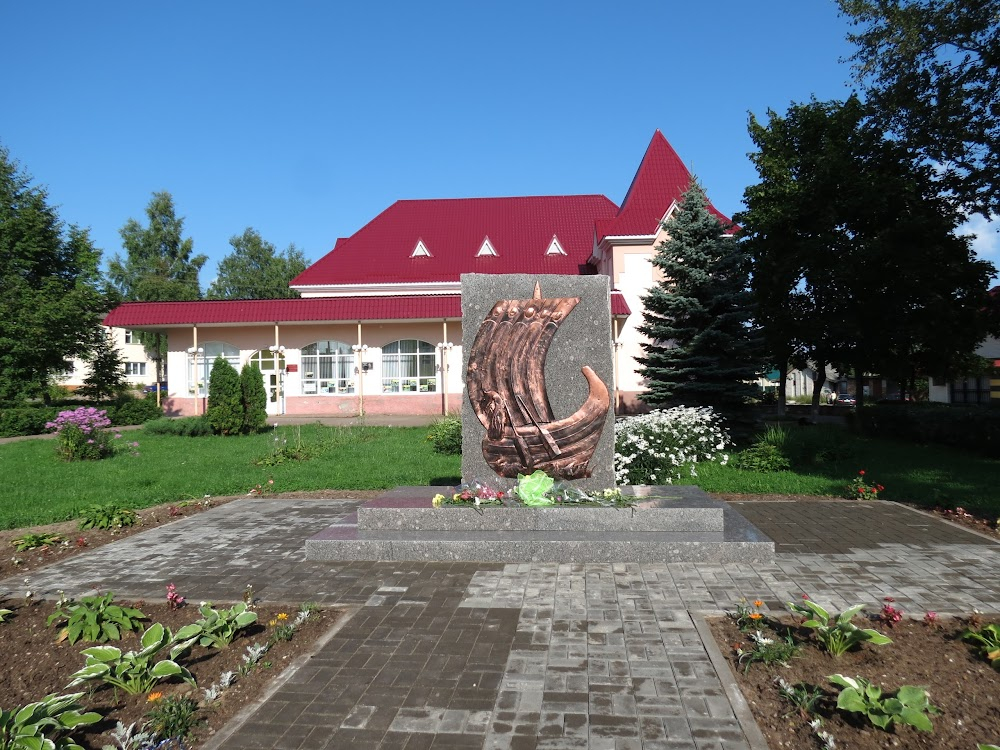Manifesto Filming Locations

Where was Manifesto filmed? Manifesto was filmed in 24 locations across Russia in the following places:
Manifesto Filming Locations
Belgorod is a city that serves as the administrative center of Belgorod Oblast, Russia, located on the Seversky Donets River, approximately 40 kilometers north of the border with Ukraine. It has a population of 339,978.
Blagoveshchensk is a city and the administrative center of Amur Oblast, Russia. It is located at the confluence of the Amur and the Zeya Rivers, opposite to the Chinese city of Heihe. Population: 241,437; 214,390; 219,221; 205,553.
Buryatia is a mountainous Russian republic in eastern Siberia. A stop on the Trans-Siberian Railway, Asian-influenced capital Ulan-Ude is home to Russian Orthodox Odigitrievsky Cathedral and a giant Lenin sculpture. Open-air Ulan-Ude Ethnographic Museum explores local culture, while colorful Buddhist monastery Ivolginsky Datsan houses a Buryat art museum. On the republic's western border lies massive Lake Baikal.
Chechnya, officially the Chechen Republic, is a republic of Russia. It is situated in the North Caucasus of Eastern Europe, between the Caspian Sea and Black Sea.
Chelyabinsk is a city in west-central Russia, close to the Ural Mountains. Ulitsa Kirova, a pedestrianized street, is lined with statues of figures such as a beggar and a man with a top hat. Nearby, the Regional Museum displays part of the meteor that exploded over the city in 2013. To the west, the pine tree-lined Y.A. Gagarin Central Park has an ice rink, and Chelyabinsk Zoo is home to leopards and polar bears.
Ivanteyevka is a town in Moscow Oblast, Russia, located on the Ucha River 20 kilometers northeast of Moscow. Population: 82,827; 58,626; 51,454; 53,140.
Kazan is a city in southwest Russia, on the banks of the Volga and Kazanka rivers. The capital of the Republic of Tatarstan, a semi-autonomous region, it's known for the centuries-old Kazan Kremlin, a fortified citadel containing museums and sacred sites. Kremlin landmarks include the tiered Tower of Soyembika, the blue-and-gold domed Annunciation Cathedral and the vast, colorful Kul Sharif Mosque.
Kerch, also known as Keriç or Kerich, is a city of regional significance on the Kerch Peninsula in the east of Crimea. It has a population of 147,033. Founded 2,600 years ago as the ancient Greek colony Pantikapaion, Kerch is one of the most ancient cities in Crimea.
Krasnoyarsk is a city on the Yenisei River in Siberia, Russia. On the river’s left bank, Central Park Gorky has a children’s train, carnival rides and statues of writers Maxim Gorky and Alexander Pushkin. To the north, the 19th-century Paraskeva Pyatnitsa Chapel offers city views atop Karaulnaya Hill. South of the city center, Stolby Nature Sanctuary is home to volcanic rock pillars ("stolby") and sprawling forests.
Kemerovo Oblast, also known as Kuzbass, after the Kuznetsk Basin, is a federal subject of Russia. Kemerovo is the administrative center and largest city of the oblast. Kemerovo Oblast is one of Russia's most urbanized regions, with over 70% of the population living in its nine principal cities.
Moscow, on the Moskva River in western Russia, is the nation’s cosmopolitan capital. In its historic core is the Kremlin, a complex that’s home to the president and tsarist treasures in the Armoury. Outside its walls is Red Square, Russia's symbolic center. It's home to Lenin’s Mausoleum, the State Historical Museum's comprehensive collection and St. Basil’s Cathedral, known for its colorful, onion-shaped domes.
Nizhnevartovsk is a city in Khanty-Mansi Autonomous Okrug–Yugra, Russia. Since the 1960s, the Western Siberian oil boom has led to Nizhnevartovsk's rapid growth from a small settlement to a city due ...
Nizhny Novgorod is a large city on the Volga River in western Russia. It’s known for its 16th-century Kremlin, ringed by 13 fortified towers, including the Dmitrovskaya Tower. Within the Kremlin’s walls is the green-spired Cathedral of the Archangel Michael, rebuilt in the 17th century. Nizhny Novgorod State Art Museum, housed in a grand building, exhibits Russian and European paintings and a collection of icons.
Perm is a Russian city close to the Ural Mountains. On the banks of the Kama River, Perm Zoo is home to rare snow leopards and Amur tigers. The collection at the neighboring Perm State Art Gallery hass wooden sculptures and Tibetan bronzes. Close by, Perm Regional Museum exhibits metal castings and rare books in the 19th-century Meshkov House. Contemporary works are on display at Perm Museum of Modern Art (PERMM).
Samara is a city in southwestern Russia, framed by the Volga and Samara rivers. The central Samara Regional Art Museum, housed in an ornate mansion, exhibits Russian paintings from the 16th century onward. Nearby, Stalin’s Bunker, designed in WWII to protect the political leader, is now a subterranean museum. Farther along the river, Samara Zoological Park is home to monkeys, jaguars and Nile crocodiles.
Sochi, a Russian city on the Black Sea, is known as a summer beach resort, and was host of the 2014 Winter Olympics. Its parks include the palm-filled Arboretum. It's also notable for 20th-century neoclassical buildings such as the columned Winter Theatre. Forested Sochi National Park is a 1,937-sq.-km protected area in the nearby Caucasus Mountains. Some 70 km inland, Krasnaya Polyana is a prominent ski resort.
St. Petersburg is a Russian port city on the Baltic Sea. It was the imperial capital for 2 centuries, having been founded in 1703 by Peter the Great, subject of the city's iconic “Bronze Horseman” statue. It remains Russia's cultural center, with venues such as the Mariinsky Theatre hosting opera and ballet, and the State Russian Museum showcasing Russian art, from Orthodox icon paintings to Kandinsky works.
Sterlitamak is the second largest city in the Republic of Bashkortostan, Russia, located on the left bank of the Belaya River, 121 kilometers from Ufa. The city's name comes from the Bashkir language and literally means "mouth of the Sterlya river".
Strugi Krasnye is an urban locality and the administrative center of Strugo-Krasnensky District of Pskov Oblast, Russia, located 87 kilometers northeast of Pskov. Municipally, it is incorporated as Strugi Krasnye Urban Settlement, the only urban settlement in the district. Population: 8,447; 8,762; 7,067.
Manifesto (2022)
Fifteen years from its inception, YouTube retains the power to shock and disorient - particularly when wielded by children who have lived their whole lives in its era. A found-footage documentary composed entirely of social media videos by teenagers weathering hostile education and a climate of terror in contemporary Russia, "Manifesto" contains one vignette after another to make viewers wince with discomfort and even outright horror. One's first impulse might be to ask whether any documentary should show such material at all - yet of course, it has been freely available for public viewing all along. As such, "Manifesto" invites uneasy consideration of the differing responsibilities of creating, consuming and externally curating candid video, and provides no guidance. In selecting and assembling several years' worth of amateur video into a constructed, collective life-in-a-day feature, the presumably pseudonymous filmmaker Angie Vinchito takes considerable risks of decontextualization. There's no narration to bind or editorialize these disparate but symphonically despairing mini-narratives of physical abuse and psychological oppression, and "Manifesto" counts on viewers' knowledge of recent Russian politics and social norms to determine which videos present uncompromised reality, which may be documenting pranks or performance, and which have been alarmingly coerced.

